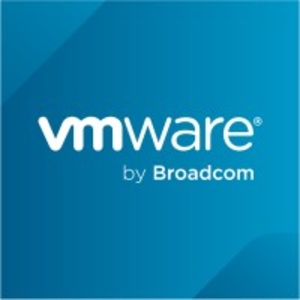VMware Software Defined Data Center is valued for its central management, cost-effectiveness, integration, and virtualization capabilities. Automation simplifies complex datacenter tasks, making them manageable for administration. The platform's virtualization of networking and storage, alongside NSX for security and SDDC Manager, sets it apart. Reliability, ease of deployment, and robust features like vSAN, scalability, and infrastructure as a service enhance its utility. With high availability and flexibility, it supports seamless operation and efficient resources sharing.
- "The flexibility is excellent as we use storage policies, and whenever any VM or dynamic allocation is needed, it is automatically handled by VMware without physical intervention."
- "The solution does not occupy much space."
- "The VMware Software Defined Data Center Manager can be used to manage VMs across multiple platforms."
Upgrading VMware Software Defined Data Center is challenging, especially with multi-operating system environments. Users find it difficult to keep up with releases and improvements are incremental rather than revolutionary. Simplification of management tools such as vRealize Operations Manager is needed. Interface updates and licensing models are confusing, and there's a need for better integration with third-party products. Stability issues with vSAN, automation, and performance optimization are required. Pricing concerns and improved customer support are highlighted due to management changes.
- "Support and existing customers, who are their bread and butter, are not satisfied due to support issues."
- "The solution must provide more features."
- "There's quite a lot of uncertainty at the moment regarding the solution following the Broadcom acquisition of VMware."




